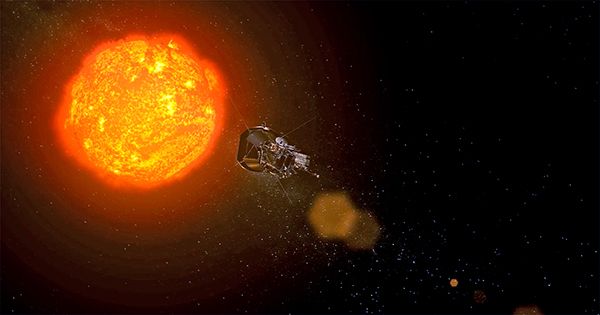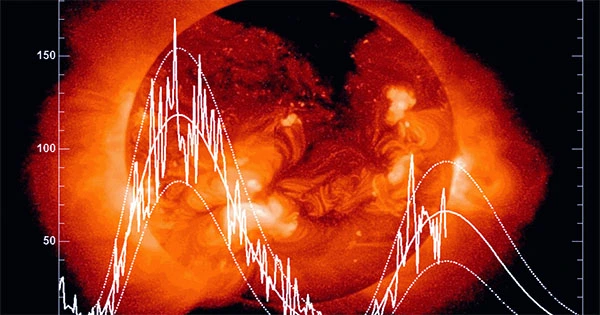A lengthy period of low activity on a neighboring star has been discovered, and astronomers think it will help explain why our Sun experiences the same thing from time to time. Solar flares and sunspots are now in the increasing phase of the Sun’s 11-year activity cycle. It’s been like this for at least 400 years, and probably definitely much longer — yet during the Maunder Minimum, from 1645 to 1715, sunspots practically vanished.
Several people, with varied degrees of reliability, have attempted to predict when the next one will occur. These efforts have generally failed, owing to the fact that astronomers have no idea what caused the Maunder Minimum (or the even shorter Dalton Minimum), which isn’t unexpected given the small sample size. Two Penn State University students and their supervisors attempted to find equivalents on neighboring stars. They announce success with HD 166620, a previously unknown K-type star, in the Astronomical Journal.

In a statement, first author Anna Baum remarked, “There’s a great discussion over what the Maunder Minimum was.” “Did the sun’s magnetic field cut off completely?” Is it missing its dynamo? Or was it still cycling but at a very low level, resulting in few sunspots? We can’t travel back in time and measure what it was like, but if we can characterize the magnetic structure and field strength of this star, we might be able to obtain some answers.” The scientists looked at data for 59 stars, most of which have masses close to the Sun’s, for which we have more than 50 years of observations between the Mount Wilson and Keck Observatories.
Some stars, particularly those revolving too slowly to form strong magnetic fields or nearing the end of their lives, displayed no discernible cycle. 29 on the other hand had strong cycles of various durations. HD 166620 stood out among them, with a 17-year cycle from 1966 to 2003 and nearly no starspots afterwards. HD 166620 is one of the oldest stars in the survey, with a mass of just 24% that of the Sun. Dr. Jacob Luhn, who worked on the experiment as part of his, said, “When we initially saw this data, we believed it must have been a mistake.” “No matter how hard we look, we always reach the same conclusion: this star has just ceased cycling.”
The solutions might have significantly more immediate consequences for the majority of people than the majority of astronomical questions. Sunspot peaks are linked to an increase in solar radiation. It has been demonstrated that this has a minor but discernible effect on global temperatures. Deniers of climate change have sought to exploit this to suggest that the present increase in global heat is due to increasing solar activity rather than fossil fuel discharge on Earth. This has been challenged not just by the fact that these changes are at least 10 times too tiny to explain present warming, but also by the fact that they are going in the opposite direction – solar activity peaked in the 1950s and has been on a slightly downward course since then.
The Maunder Minimum occurred during the Little Ice Age when temperatures in the North Atlantic dropped. The reduction in solar output was generally attributed to the Little Ice Age when it was assumed to be a worldwide phenomenon. Evidence from other regions of the world has lately thrown doubt on whether the earth as a whole saw much of a temperature reduction at the time, leaving the topic of the Maunder Minimum’s impact open. HD 166620 might aid our understanding of the factors that influence the Earth’s climate. It might also reveal how much damage solar activity poses to satellites in the foreseeable future.















